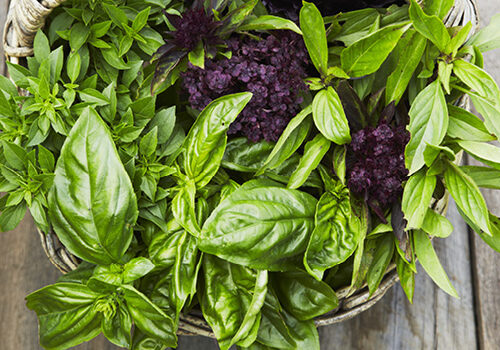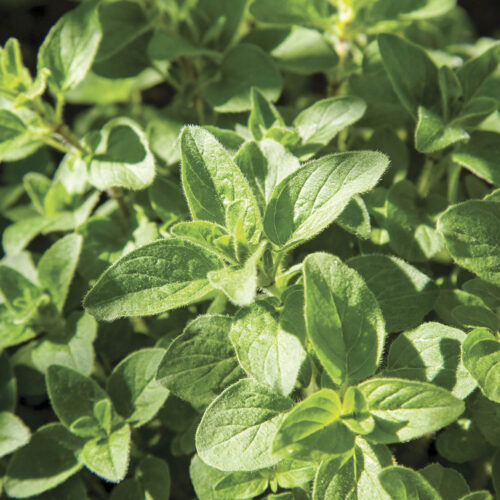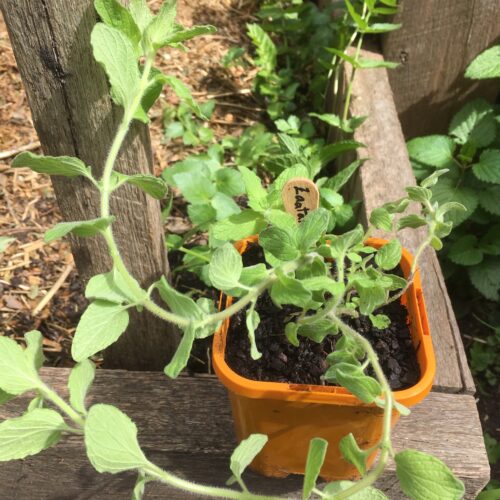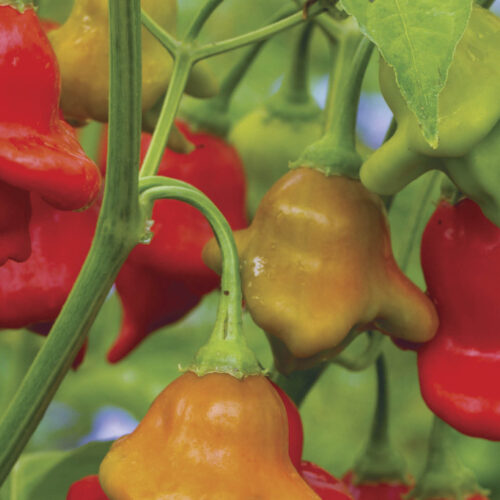Salute to saffron
2017-03-28T01:28:03+11:00
Saffron's stigma is worth its weight in gold, explains Penny Woodward.
Now is probably the last chance to get saffron bulbs into the ground before they start to sprout.
Saffron (Crocus sativus) is reasonably easy to grow from corms planted in early autumn in a sunny, well-drained position. Each plant produces three stigma a year and it takes about 130 plants to produce 1g of saffron. The corms need long periods of sunlight to grow and flower and plants relish dry summers and cool winters. Dig and replant corms every five years or so and at the same time add compost and manure.
I planted my first saffron bulbs five years ago, and then waited and waited as year after year a few insignificant leaves poked their way through the soil each autumn, hung around ’til early spring and then quietly disappeared again. But two years ago it was different. Early in the morning in late autumn I wandered outside and started watering, meditating on many things, enjoying the morning ritual during dry, warm autumn weather. Suddenly I realised that something had changed, there among those same spindly leaves that had appeared a week or so before, was a beautiful, purple flower with three distinct orange-red stigma.
Saffron has been cultivated for centuries. It grows from a rounded corm up to 3cm in diameter. From these corms grow about 10 linear grey-green leaves to a height of 40 cm. In autumn, one or two blue-to-purple flowers appear on the end of single stems, and you need to have your wits about you because the flowers only appear for two or three days, before shrivelling away. Before they disappear, the yellow styles, which grow in the centre of the flower, divide into three blood-red stigmas. And it is these stigma that are literally worth more than their weight in gold. If you want to collect them, use your fingers or a pair of tweezers and gently pluck them from the centre of the the flower. Spread them on tissue paper to dry, in a cool place out of direct sunlight. When dried, keep in a well-sealed, very small glass jar or tube.
The dried stigmas are used in cooking mainly for their flavour and colour, especially with rice. Medicinally, saffron is used to lower fevers, ease cramps and to calm nerves. It is also a useful water-soluble dye used mainly for cosmetics.

.jpg)




